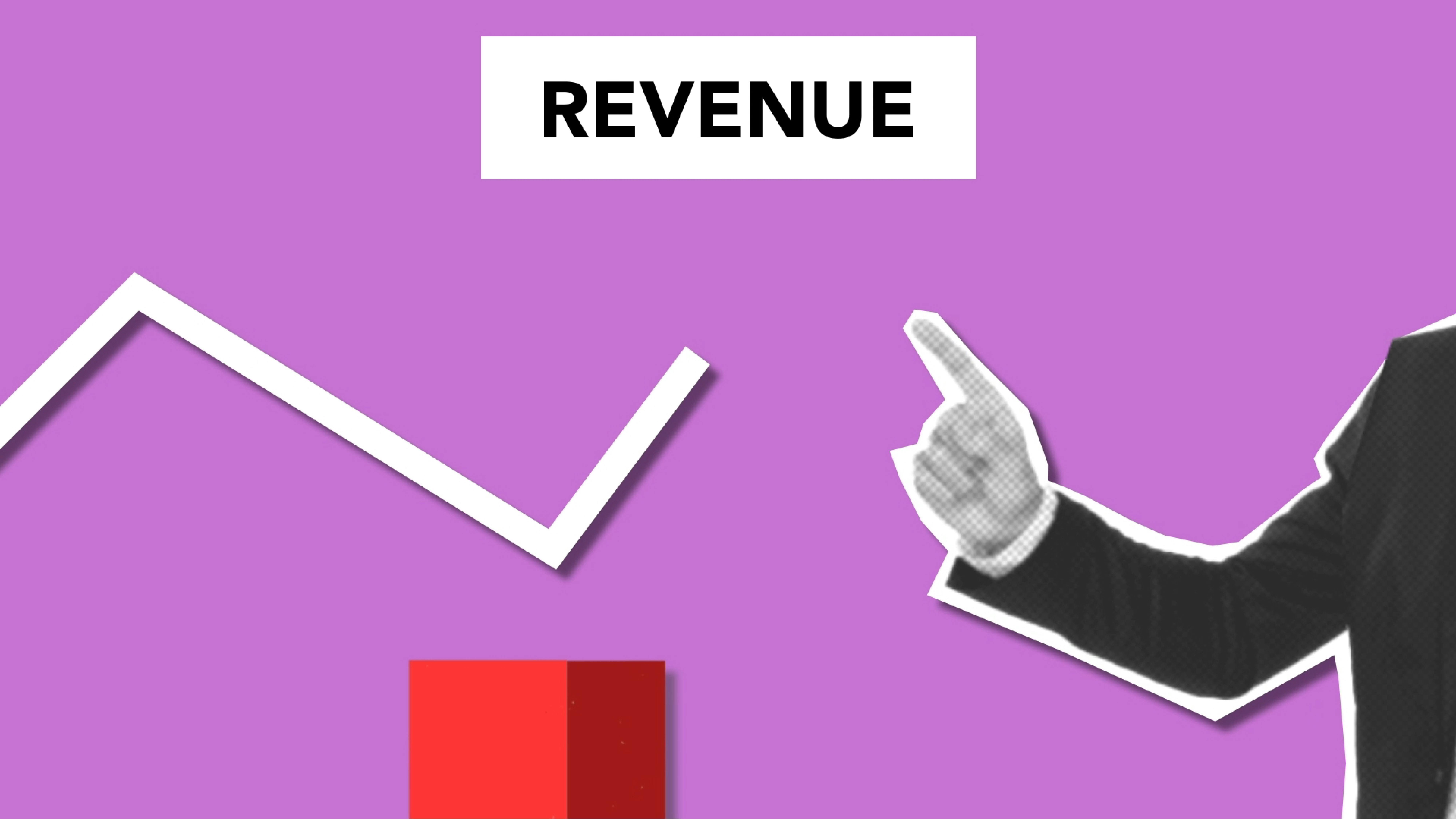From costs to profit: First Table's four step guide to restaurant cost management
Restaurants, marketing , 23 February 2024

If you have a few years under your belt in the restaurant business, you already know how tight margins have become, falling from double-digit averages at the turn of the century. As a result, many fantastic operators have had to close their doors as their fixed costs like rent and labour have crunched down on the industry.
In this guide, we're laying out some fast and simple tips to help you control and offset your fixed costs, keeping your margins high and your mind at ease.
In this article:
Step 1: Understand and identify overhead costs
The first step is a thorough understanding and identification of all overhead costs. These are the essential, non-food-related expenses vital for your restaurant's operation. Once you have a good grasp on these costs, you'll know how much revenue your restaurant will need to generate.
These vital, non-food-related expenses encompass:
- Rent or mortgage: Often the largest fixed expense, covering the space where your restaurant operates.
- Utilities: Essential services like electricity, water, and gas, critical for the restaurant's daily functionality.
- Insurance: Various types to safeguard against business risks and unexpected events.
- Equipment and maintenance: Key for maintaining operational efficiency in the kitchen and dining areas.
- Marketing and advertising: Critical for building brand awareness and drawing in new and repeat customers.
- Licenses and permits: Required to ensure your restaurant complies with all legal and regulatory standards.
- Administrative expenses: Includes necessary office supplies and legal fees, crucial for daily administrative operations.
Step 2: Implement effective management strategies
Once you've got a handle on all overhead costs, its time to look into employing strategic methods to monitor and manage these. Consider some of the following methods:
- Regular financial monitoring: Consistently track and analyse all expenses to identify cost reduction areas.
- Supplier negotiations: Work towards better terms, like bulk purchase discounts and loyalty deals, to cut down operational costs.
- Optimise staff scheduling: Align staff schedules with customer demand for labor efficiency.
- Technology adoption: Implement advanced POS systems to streamline operations and minimise errors.
- Energy-efficient appliances: Use energy-saving appliances and initiatives to reduce expenses.
- Food waste control: Implement strict systems for controlling food waste, further lowering operational costs.
Step 3: Leverage innovative revenue-boosting strategies
Innovative, yet simple, strategies can play a pivotal role in balancing out overhead costs. Consider transform your menu regularly, introducing themed dishes and seasonal delights, to captivate a broader audience and justify premium pricing. Focus on staff training, emphasising upselling techniques and internal incentives, which not only boost revenue but also highlight how to deliver exceptional service.
Additionally, investigate crafting a bespoke loyalty programme at your venue. This can help convert occasional patrons into devoted customers, fostering sustained growth and enhancing your restaurant's reputation.
Step 4: Utilise First Table to drive additional revenue
Promoting your restaurant on First Table, can be a game-changer for driving additional revenue during off-peak times. This innovative solution helps to attract diners during typically slower periods, turning potential low-profit hours into profitable ones. By using First Table, restaurants can help offset fixed overhead costs, making more efficient use of their resources and maximising profits.
Key takeaways
By following this simple four-step guide, restaurant owners can gain control over their overhead costs and enhance profitability. Understanding and managing these costs, coupled with using tools like First Table to increase revenue during quieter periods, positions restaurants for long-term success in a competitive market.
Want to learn more about how First Table helps drive revenue to offset your restaurant's fixed costs? Download our info pack below.
